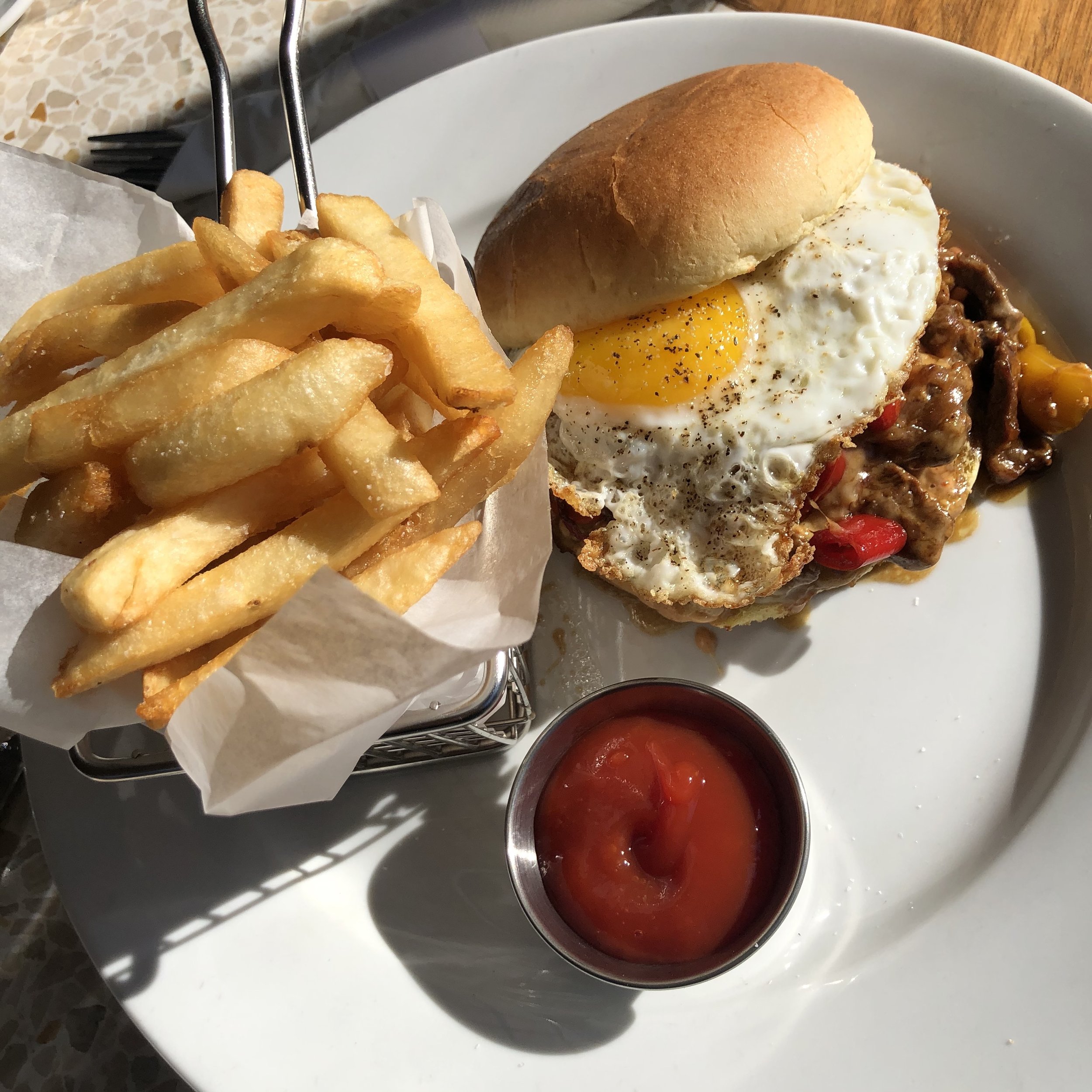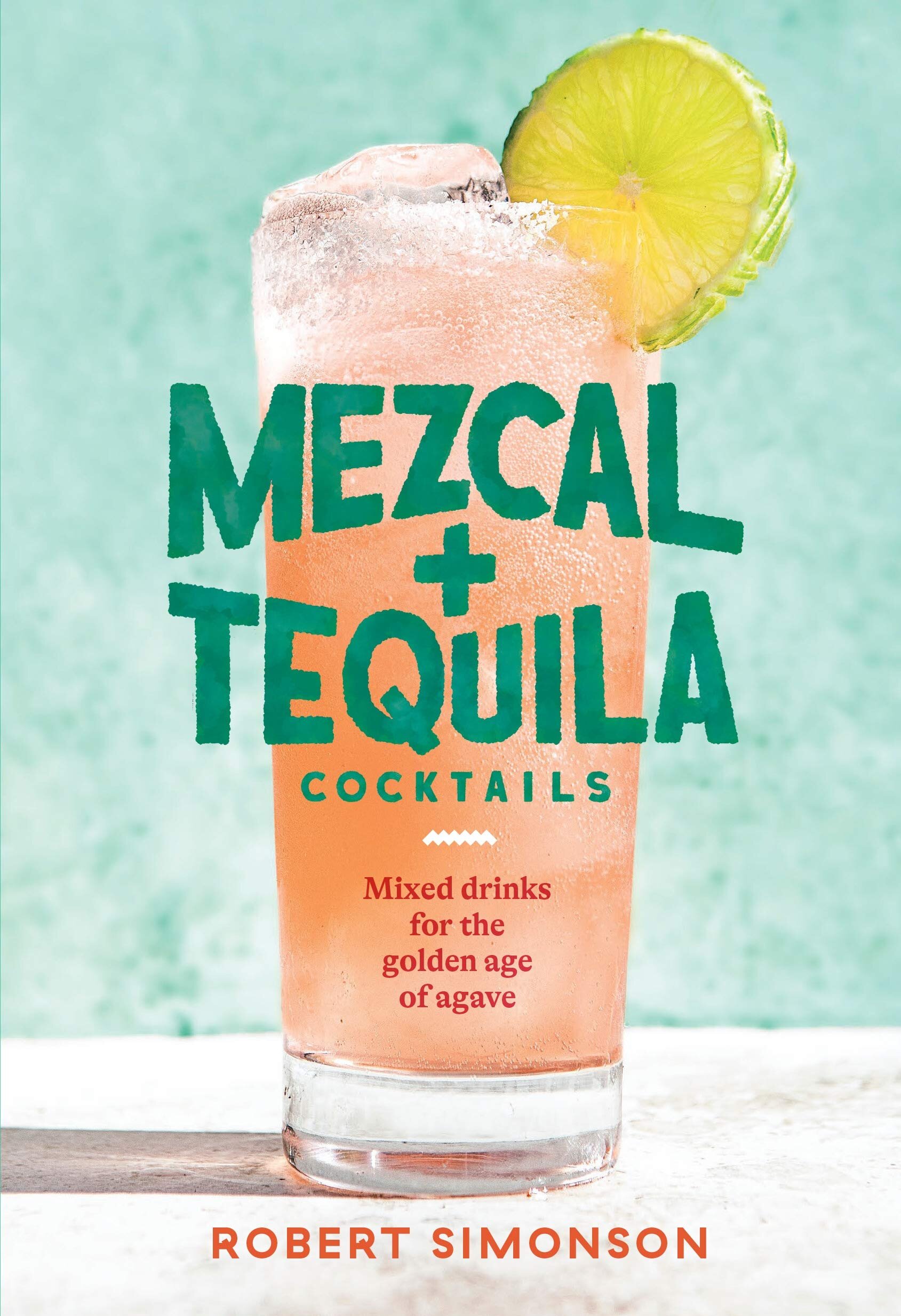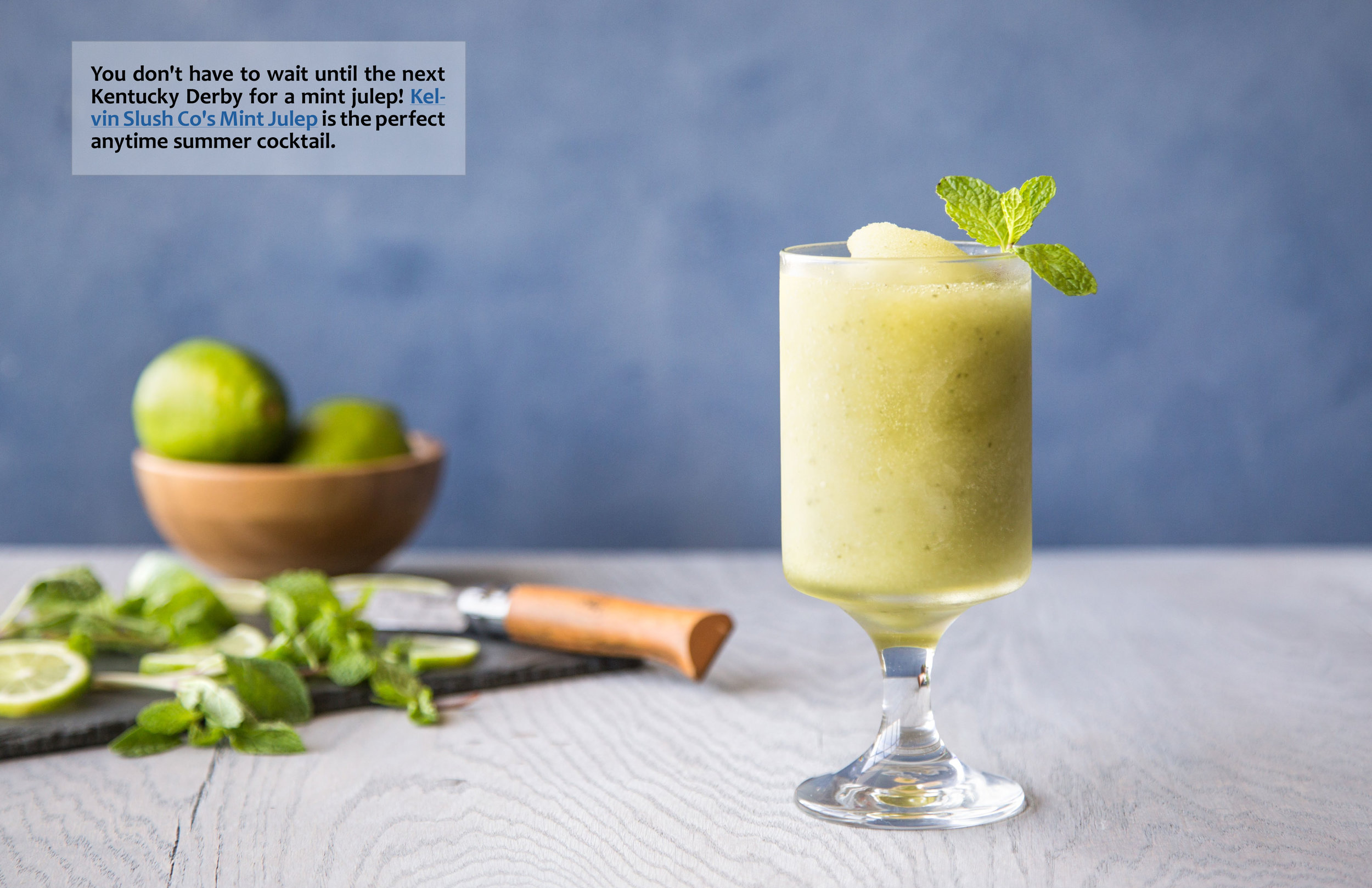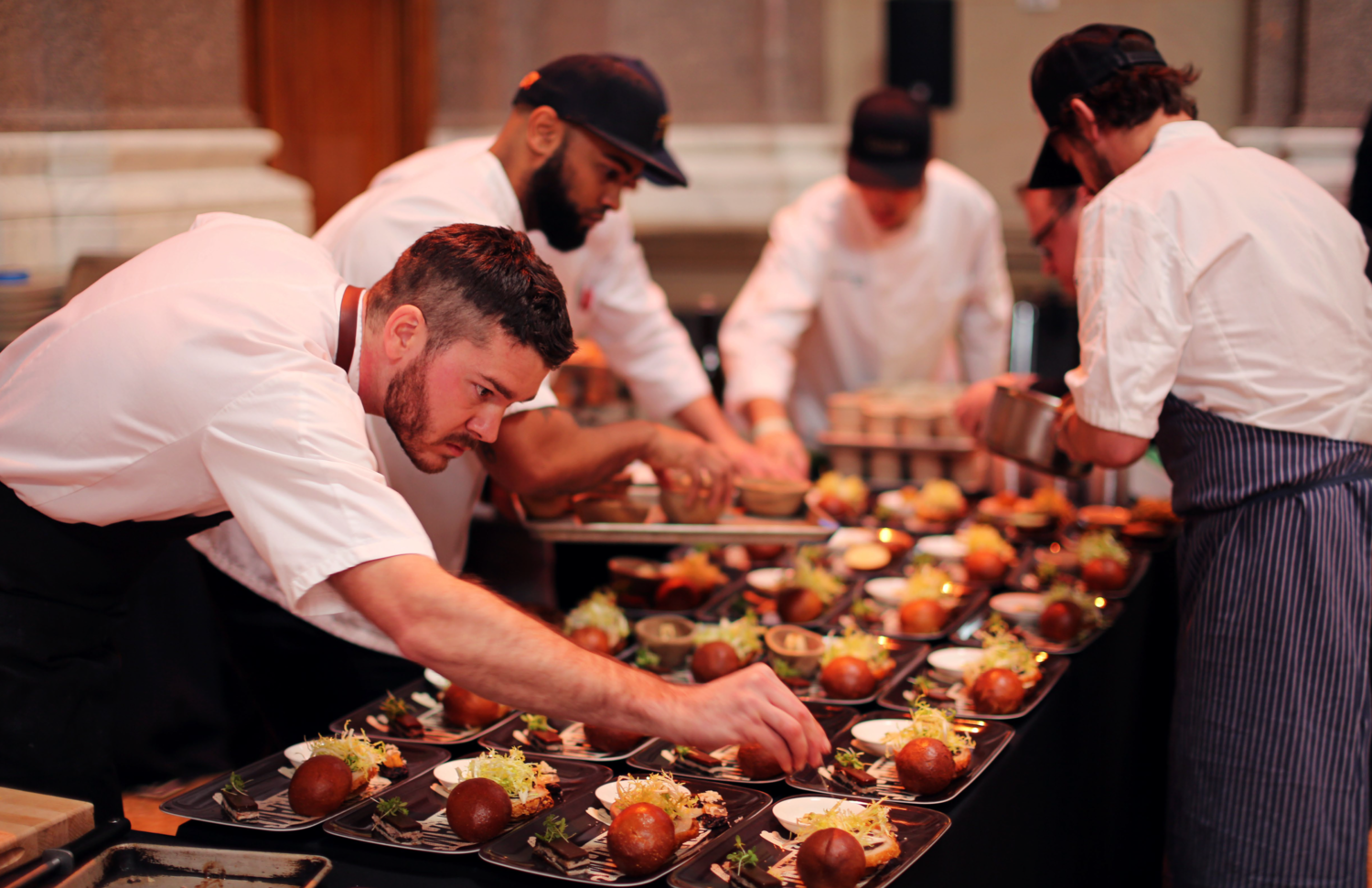AM: For lunch, what are 3 Dim Sums that you suggest that we should have in mind when we come in?
CHEF AW: Black Pepper Beef wispy pastry with tamarind and dried shrimp caramel, Rabbit and Carrot Glutinous Puff & Bamboo Pole Noodles with King crab and Spring Onion Oil.
AM: What is the Touch of the Heart menu and what are 3 items from this menu that we should try?
CHEF AW: Touch of the Heart menu is our lunch menu, which still offers guests a beautiful journey across the borders of China. I think every item on the menu has its own story to tell, but the three I would pick would be the 999 Layered Scallop Puff with XO Oil, Steamed Duck Yolk Custard bun, and Memories of Peking Duck.
AM: For dinner, walk us through The Collections of China menu that we can have for dinner.
CHEF AW: The concept behind it came from when I was travelling. I read and spoke with many people about Chinese cuisine, but experiencing the diversity of flavours first-hand is very different.
I wanted to give our guests an insight into these diverse, regional flavour profiles, from flash-frying to steaming carbohydrate menus, the amount of pickle, preservatives, and the type of fermented product. All these things are integral parts of a region's identity and its role in China as a whole.
AM: Tell us about your beverage program.
CHEF AW: At A. Wong, we offer close to over 350 different labels and vintages, including both new world and old-world wines. Veering away from traditional service, the interactive wine program, at A. Wong is centered around the concept of 'adventure and personal exploration.' Our sommelier team encourages the guests to sample a wider selection of wines by exploring lesser-known wines and understanding the flavour profiles of well-known old wines. To create contrast and adventure, our beverage pairings at lunch and dinner are served as multiple flights, and include craft beers, Chinese teas and vinegars alongside the wines. We want guests to play and enjoy the wines within a collection of dishes, and discover for themselves what they enjoy.
AM: What is the Forbidden City Bar and are there cocktails that are offered here that are specific to this portion of the restaurant?
CHEF AW: The Forbidden City Bar serves as a venue for enjoying intimate moments with your loved ones, where we serve classic signature cocktails and our own Forbidden City cocktails. Enjoy your pre-meal and post-meal drinks. The bar also welcomes non-diners.
The most signature cocktail available at A.Wong is the Peking Duck Old Fashioned, which is made of Johnnie Walker Whiskey infused with traditional Peking duck fat and roasting spices, hoisin syrup, and Angostura.
AM: As someone with an Anthropological background, how has that inspired the foods and the ingredients that you use?
CHEF AW: I’ve been working with Dr Mukta Das for about five years now. It’s a real privilege and one I don’t take lightly. We introspectively look at the cuisine in terms of flavour, technique, balance, and cultural etiquette. I think all of this – taste, cultural, and social, affects our perception of the dining experience and taste.
Mukta’s approach is from a historical point of view, looking at all sorts of economic and social aspects behind whatever dish we are researching. I look at it from a chef’s perspective, what it will taste like, what the texture would be, and how I can logistically make this happen.
We do a lot of research to ensure that the base flavour profiles are nearly identical to historical and technical Chinese techniques. But at the same time, I like to think that our food is quite explorative, in the sense that we don’t specify that our food comes from a particular region or style. I want people to take an interest in the flavours of a dish. I want to try and encourage people to go out and explore other Chinese restaurants that they may not have done before. This opens us up to criticism, but if what we are serving isn’t deemed “authentic,” that’s ok because it’s not supposed to be.
AM: Can you tell us what SOAS is and how it has influenced your restaurant? What does it mean to become an Official Research Associate there for the Food Studies Centre?
CHEF AW: SOAS is the School of Oriental and Asian Studies, a university in London. I’ve worked with them before, and becoming a research associate means they support my endeavour to learn more about food and the cultural discourse around it.
It means I interact with food as a cultural phenomenon. For me, the idea of humans as social beings is essential. This means when you talk about running a restaurant, it's not purely about the food. It's also about how humans interact in a space, with each other and with the experience.
It's an understanding we are social beings, and we like to communicate. We want to taste, see, and touch, which is very important for a restaurant. Restaurants are not just purely about food, interaction with the space and concept are integral.
Food is not just flavour; it is an expression of history, location, ingredients and choices.
AM: You received your first Michelin star in 2015 and you received another recognition in Jan 2021 with a second Michelin star making A. Wong the first Chinese restaurant outside of Asia to achieve this. What does this mean to you?
CHEF AW: The first Michelin star was for my team at A. Wong, they all work incredibly hard, and to be recognised was wonderful. Receiving the second star was an extraordinary moment for us at A. Wong. It was a significant achievement for me personally and Chinese restaurants globally. It was for our community, our forefathers. I am just a tiny part of the thousands and thousands of restaurants that have come before us. It's good to see that a global brand like Michelin broadens and represents multiple cultures and cuisines.
IG @awongsw1
PHOTOGRAPHY CREDITS | PG 92 , 96 + 99 James Gilles | PG 95 Jutta Klee |























































